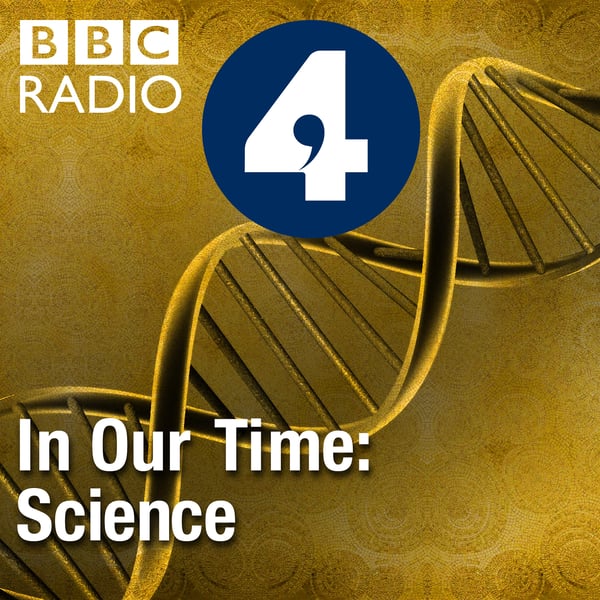The Planets
In Our Time: Science
BBC
4.5 • 1.4K Ratings
🗓️ 27 May 2004
⏱️ 28 minutes
🧾️ Download transcript
Summary
Transcript
Click on a timestamp to play from that location
| 0:00.0 | Thanks for down learning the In Our Time podcast. For more details about In Our Time and for our terms of use, please go to BBC.co.uk. |
| 0:09.0 | I hope you enjoy the program. |
| 0:11.0 | Hello tucked away in the outer western spiral arm of the Milky Way |
| 0:16.2 | is a middle-aged star with nine or possibly ten orbiting planets of hugely varying sizes. |
| 0:21.8 | Roughly 92 million miles and third in line from that central star is our own planet Earth, |
| 0:27.4 | enthrall to our Sun, just one of the several thousand million stars that make up the galaxy. |
| 0:33.5 | Ever since Galileo and Copernicus gave us a scientific model of our own solar system, |
| 0:38.5 | we've assumed that somewhere amongst the myriad stars there must be other orbiting planets, but it took until |
| 0:43.7 | 1995 to find one. 51 Pegasus A was discovered in the Pegasus constellation |
| 0:49.4 | and was far bigger and far closer to its Sun than any of our existing theories could have |
| 0:54.2 | predicted. Since then a hundred and twenty new planets have been found and now it |
| 0:58.8 | thought there may be more planets in the skies than there are stars. What causes a planet to form? How do you |
| 1:05.0 | track one down and how likely is there to be another one out there with properties |
| 1:09.7 | like the Earth's? With me to discuss an area of research that's at the forefront of |
| 1:13.5 | modern astronomy is Paul Murdoch, Senior Fellow at the Institute of Astronomy in |
| 1:17.6 | Cambridge, Carolyn Crawford Royal Society Research Fellow at the |
| 1:21.6 | Institute of Astronomy in Cambridge, and Hugh Jones |
| 1:24.2 | a planet hunter and reader in astrophysics at Liverpool, John Moore's University. |
| 1:29.2 | Paul Murdoch, let's start with an own solar system. |
| 1:32.3 | Can you give us a brief outline of its topography |
| 1:35.1 | how many planets, how many moons, how many asteroids? |
| 1:38.6 | Well let's start with the main body in the solar system, which is the sun. It's not a planet, it's a star like all |
... |
Please login to see the full transcript.
Disclaimer: The podcast and artwork embedded on this page are from BBC, and are the property of its owner and not affiliated with or endorsed by Tapesearch.
Generated transcripts are the property of BBC and are distributed freely under the Fair Use doctrine. Transcripts generated by Tapesearch are not guaranteed to be accurate.
Copyright © Tapesearch 2025.

